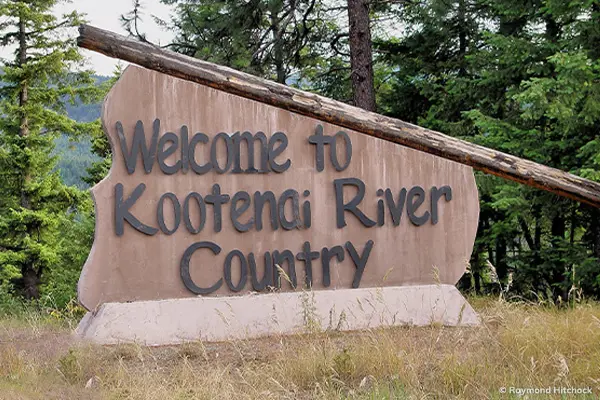
W.R. Grace & Company is seeking to settle with the state of Montana for $18.5 million. The settlement will help cover some costs of the damages caused by the company’s vermiculite mine near Libby, Montana.
W.R. Grace proposed the settlement in January 2023 as part of the company’s ongoing bankruptcy case. The settlement would cover the last of the state’s claims for environmental damage.
What Does the Settlement Cover?
The proposed $18.5 million would help rehabilitate or replace damaged areas. W.R. Grace would pay $5 million immediately. The company would pay the remaining funds, plus interest, over the next 10 years. This settlement resolves the company’s liabilities to Montana’s Department of Environmental Quality (DEQ).
However, W.R. Grace still has obligations to the U.S. Environmental Protection Agency (EPA) and other agencies. In 2008, W.R. Grace had to pay $250 million to the EPA as part of the Libby cleanup efforts. The EPA has spent $600 million on cleanup efforts in the area.
The proposed settlement was open to public comment until March 15, 2023.
The Environmental Disaster of the W.R. Grace Mine
The mine opened in 1920, with W.R. Grace purchasing the operation in 1963. The mine produced an estimated 80% of the world’s vermiculite before it ceased operations in 1990. During the mine’s operation, it contributed to one of the largest environmental disasters in the United States.
The EPA inspected more than 7,600 schools, homes and businesses in the area. EPA teams have cleaned up more than 2,600 of those buildings.
According to the EPA, investigations found traces of asbestos in several sources. Investigations showed the mineral in the air, water and animal tissue. Because of the environmental damage, the EPA added Libby to the Superfund list in 2002. That same year, Libby was added to the National Priorities List (NPL).
Through W.R. Grace’s negligence, the Kootenai River and a tributary, Rainy Creek, were contaminated with asbestos. The Rainy Creek contamination posed a significant concern because of recreational fishing on these waterways. As a result, Montana built the Kootenai Development Impoundment Dam on Rainy Creek to catch asbestos as it flowed through the waters.
The proposed settlement will specifically address these environmental concerns. It also requires W.R. Grace to financially support the operations of the Kootenai Development Impoundment Dam for 100 years.
Health Impacts of the W.R. Grace Mine
Libby residents and workers found themselves at the epicenter of a disaster. The full effects of this may still be developing. For decades since, researchers and government agencies have closely monitored Libby. While some environmental impacts have lessened, the health effects on people continue.
One study used death certificates to track the health impact. The researchers found that death rates for asbestos-related diseases have significantly increased. For example, researchers found asbestosis deaths to be 40 to 80 times higher in Libby than the rest of the United States. Lung cancer deaths were 20 to 30 times higher than the rest of the United States.
Like all diseases caused by asbestos, mesothelioma has a long latency period. This means mesothelioma generally develops 10 to 50 years after asbestos exposure. Other asbestos diseases tend to have a latency period shorter than mesothelioma.
The newest settlement does not address health impacts for asbestos victims. But legal options exist for those affected by the Libby mine.
What Options Do Asbestos Victims Have?
This 2023 W.R. Grace settlement has no impact on people’s ability to file legal claims. However, individuals affected by asbestos exposure caused by W.R. Grace’s negligence do have options available.
Asbestos-exposure victims may speak with experienced attorneys to understand their options. Some compensation options may include lawsuits, asbestos trust fund claims and workers’ compensation claims.
People exposed to asbestos may be at risk for related diseases, such as mesothelioma. Anyone with known or suspected asbestos exposure can discuss it with a doctor. Together they can monitor for symptoms of asbestos diseases.
Photo credit: “Welcome to Kootenai River Country” by Raymond Hitchcock is licensed under CC BY-SA 2.0.




